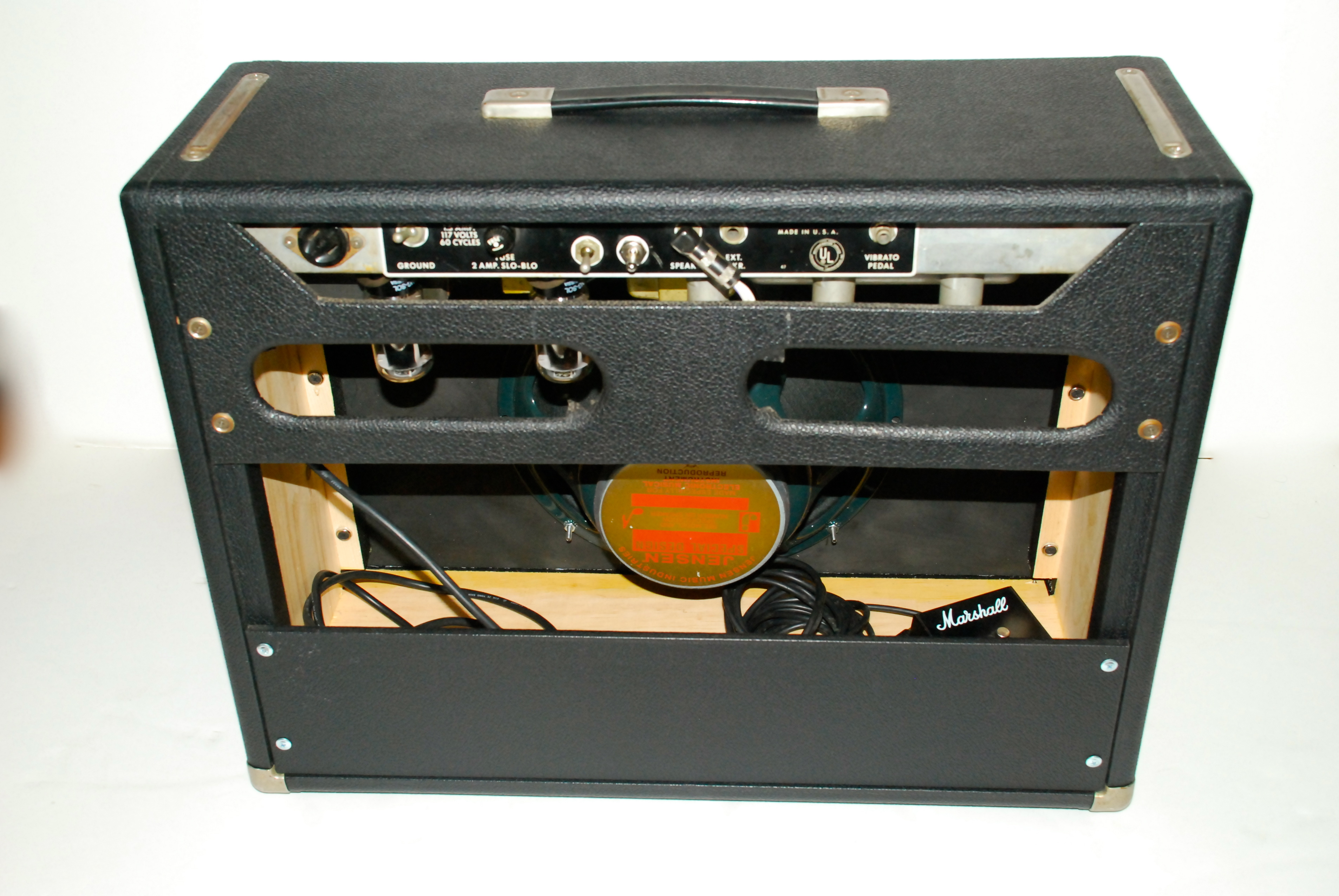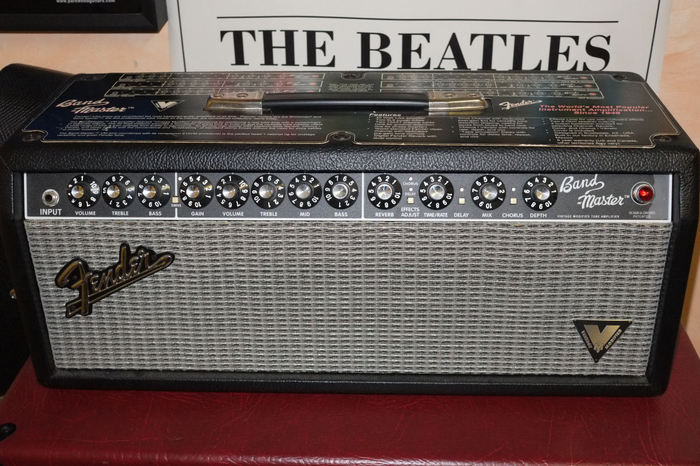

Same approach with output tube bias-vary, just a different injection point.Ī single-ended stage can't do this. So if everything is perfect, there is no tremolo pumping with no guitar signal, but when you play, your guitar sound has its volume raised and lowered by the trem. But the output transformer only responds to a signal that's the difference of these two sides (hence push-pull) the common tremolo signal itself does not pass through the OT. Doing this, the trem causes both push- and pull-sides to increase and decrease volume at the same time. Notice that Fender created the Tremolux which injected the trem at the shared cathode resistor of the paraphase inverter. So the idea that designers came up with was to inject the tremolo in a balanced stage. While you could argue this is an issue of background noise, there is some lower limit below which it is impossible to reduce the noise. Most of the advancements in tremolo circuit design sought to eliminate the pumping effect when the trem is on but you're not playing. The VERY big problem is the pot's taper is Reverse-Audio, so you will be hard-pressed to find alternate values.

I have honestly never tinkered with this vibrato circuit, so I don't know if raising the value of the 50k pot (to maybe 100k) will help. If all else fails, you might try a new optoisolator. You could probably just wrap the part in electrical tap or new heatshrink to try to effect a cure.

If not, or if that cap was already replaced, look at the opto heat-shrink and see if it seems slack. So, if this is a vintage Bandmaster and the 25uF cap is original, try replacing it and seeing if intensity improves. If the 25uF cathode bypass cap on the 2nd half of the vibrato 12AX7 has dried up, the plate voltage may not swing as wide and reduce the apparent effect.
#Blackface bandmaster full#
And I wonder if opto's sometimes have a age-related failure where they don't exhibit the full range of resistance change. Get it today: Get it today: For any further information, please contact us.If the roach is working as it should, you should be going from nearly-no-volume to a volume limited by the 50k Intensity pot.īut slack heat-shrink around the roach could allow light in to reduce the range of the optoisolator resistance change. More of that traditional British “chime” on the top as opposed to the Fender “sparkle.” The blend of the two speakers together really bring out a rich and wide-range character to the tone. Same tight, powerful low end as the 12F150, but with more emphasis on the midrange and less on the treble. In fact it’s a 12F150 with a British cone. The 12F150B is a more British take on the 12F150. Get them today: Suggestion #2: one 12F150 and one 12F150B (8 ohm, 50w, light dope) Your browser does not support the audio element.

Plenty of presence on the treble without being an icepick machine. Sparkly highs, big tight bass, and a mid-scoop that had become very well-known as the “Fender” sound. The 12F150 is the quintessential speaker for any Blackface of Silverface amp for the classic Fender tone. Suggested speakers: Suggestion #1: two 12F150 (8 ohm, 50w, light dope) Cabinet Covering Swatches (Includes Handle Pics).


 0 kommentar(er)
0 kommentar(er)
